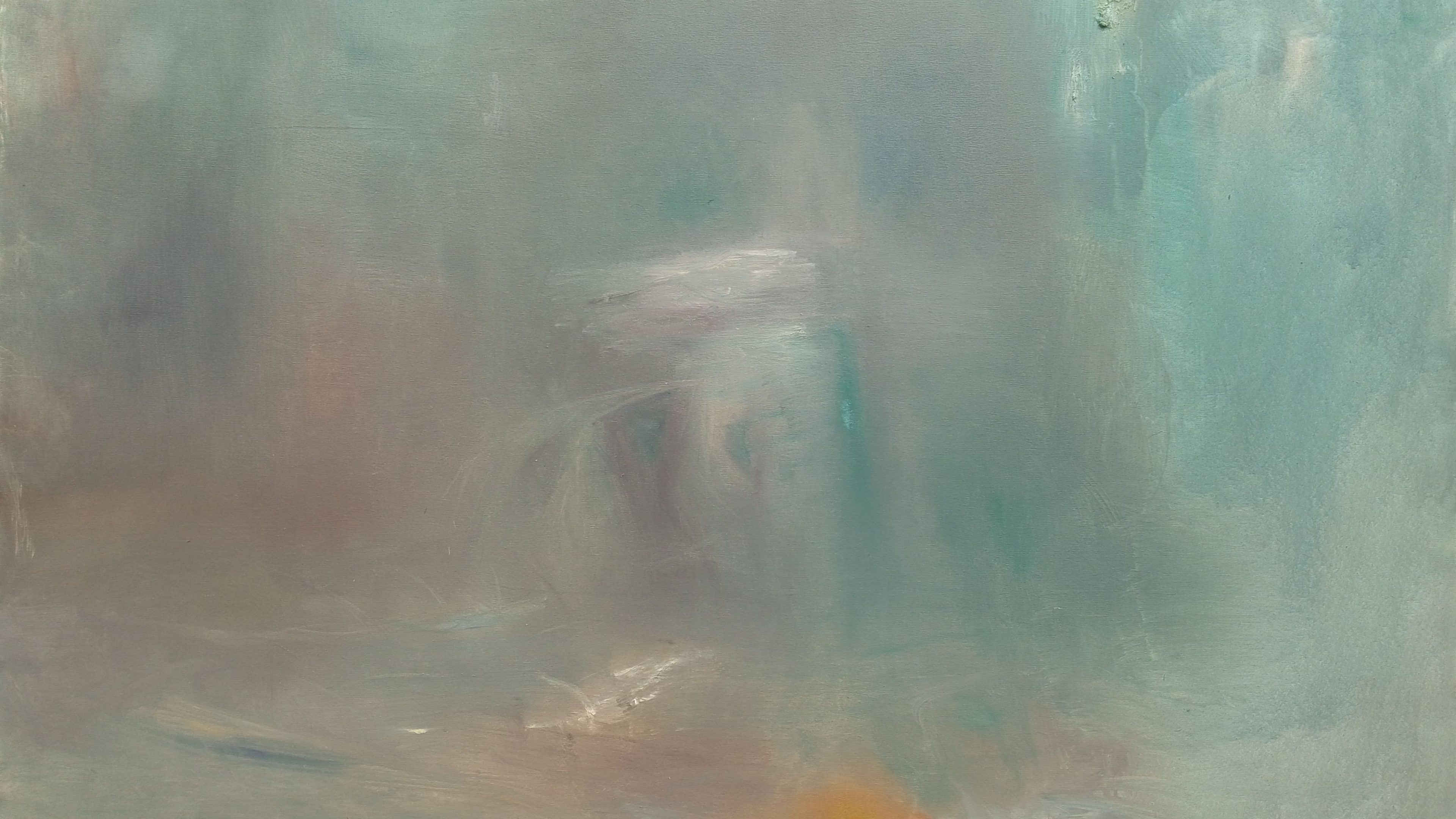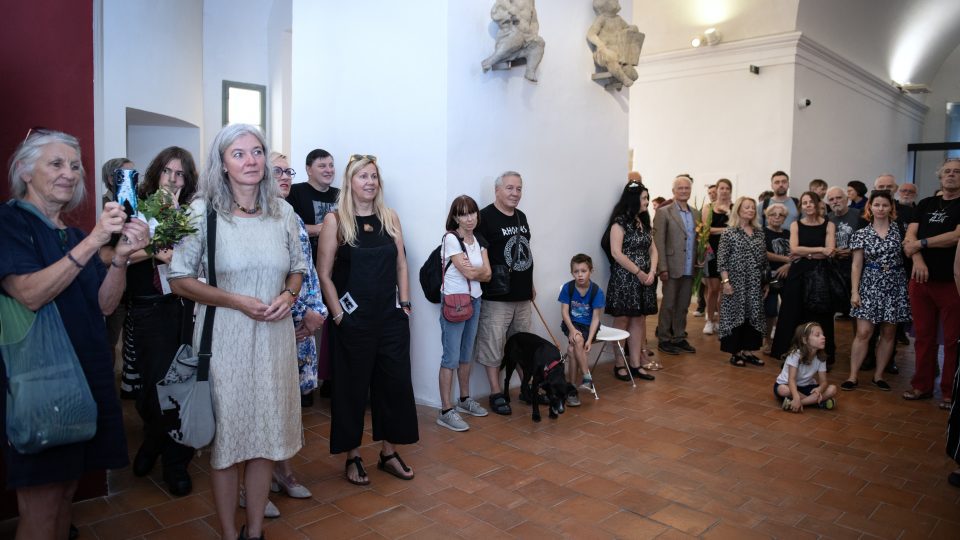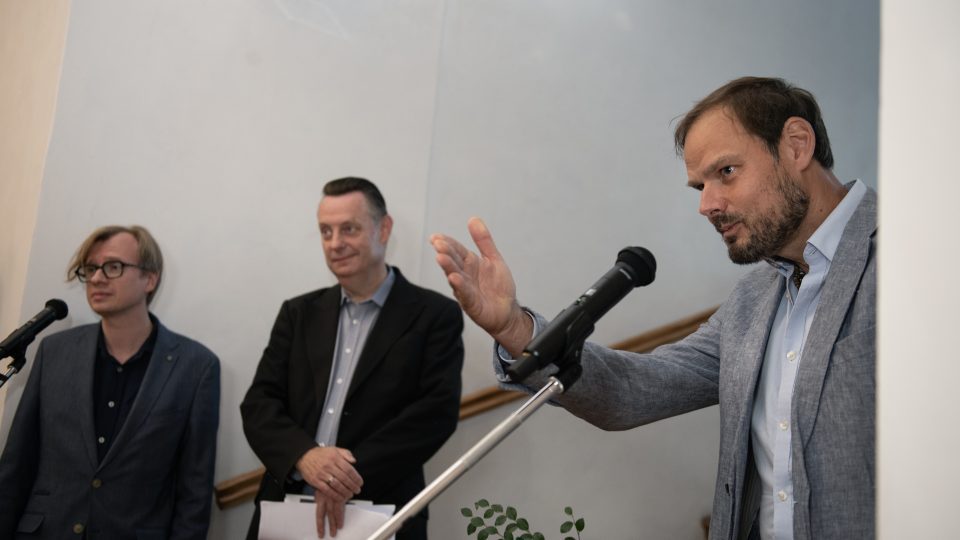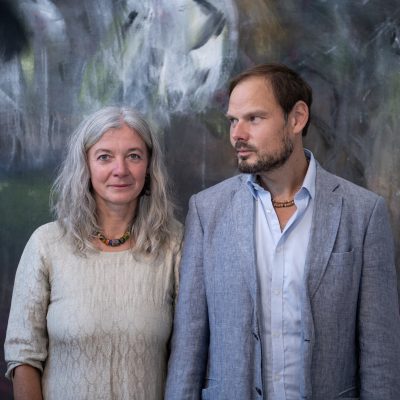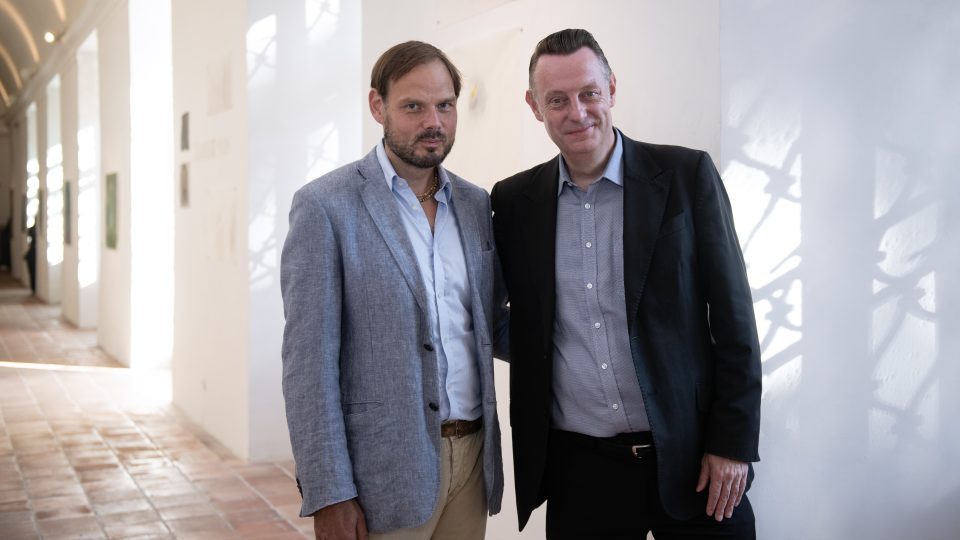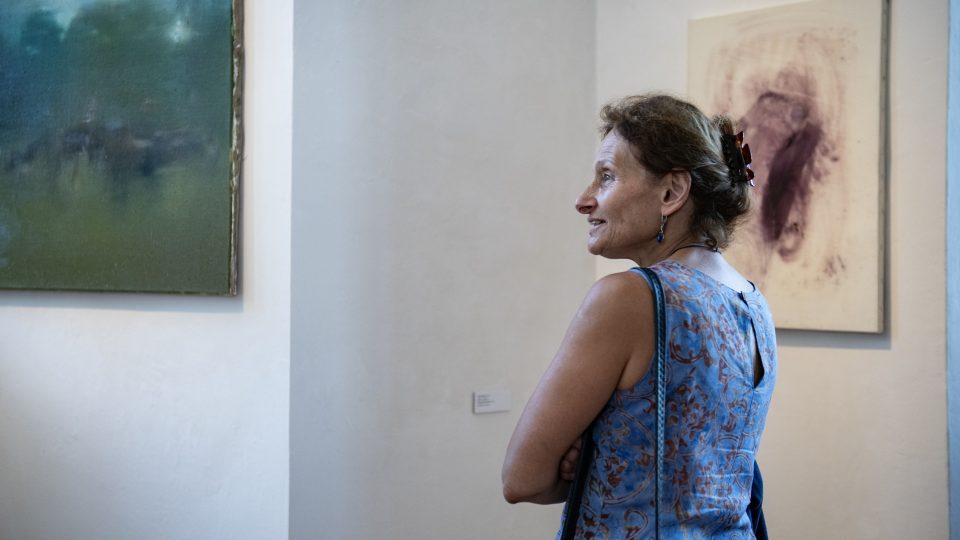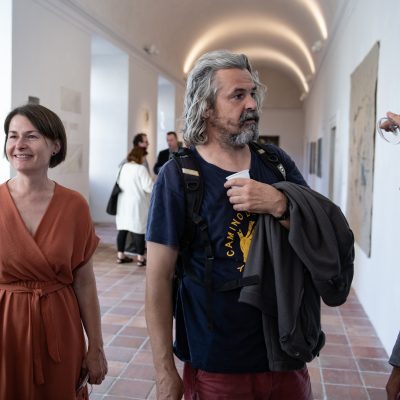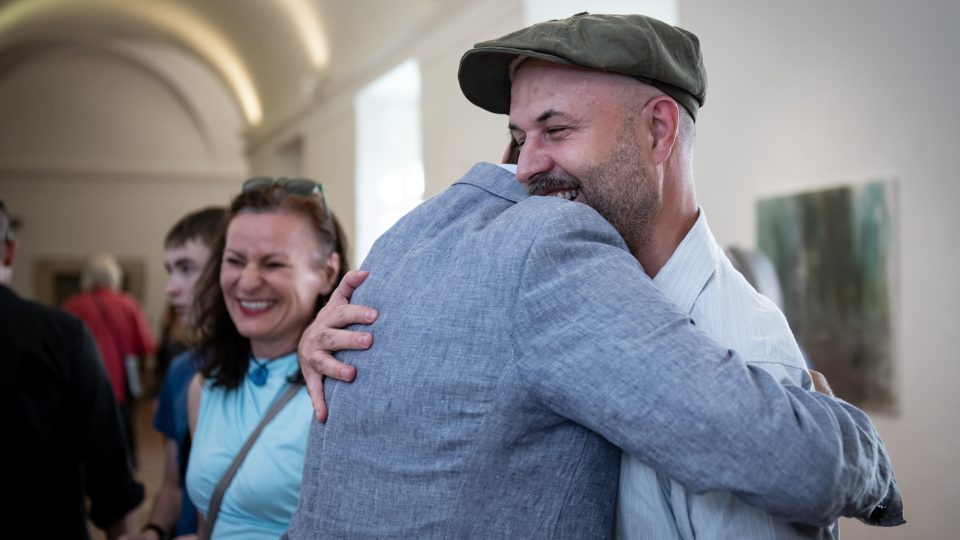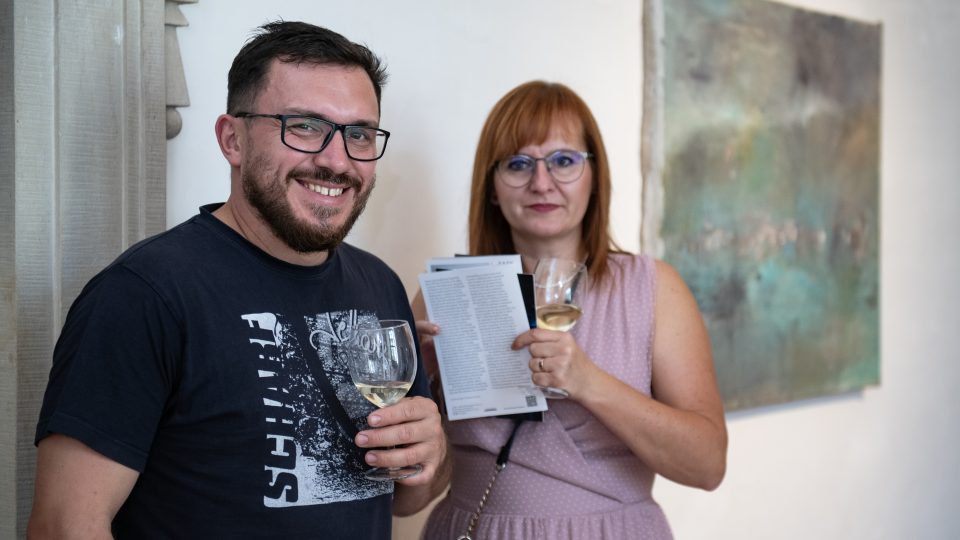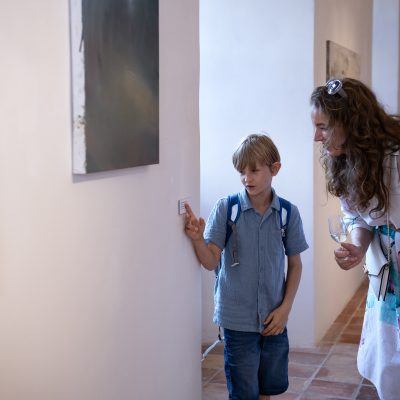Painter and draughtsman Tomáš Pilař (born 1979) lives and works in the idyllic seclusion of his family house and garden in Podlažice near Chrast in east Bohemia, where he devotes himself in peace to thinking and to creating his art. In his work, these two activities are inextricably linked: each of his paintings can be described as the unobvious materialisation of explorative contemplation. This makes it all the more remarkable that his visual poetics are characterised above all by an intuitive ease and spontaneity of touch. It is precisely these qualities that bring us to the essence of the artist’s expression.
Tomáš Pilař’s work is based on painstaking observation of the ‘humble’ phenomena around him, which he records in detail over time and in changing light conditions and colour shades. This creates a synthesised view composed of fragments of individual perceptions as well as distinct ‘micro-spaces’. The result is an image structure loosely reminiscent of perceived reality, but which captures a more complex level of perception, both sensory and mental: light appears here as a tangible (almost physical) presence, the compositional framework encompasses evocations of scents and resonances of sounds or music (such as Mahler and Schubert) and the present moment intertwines with memory. This meditative yet restless process is made visible in the painting by a shimmering veil of paint layers and hints, or only partial outlines, of a specific subject.
Pilař doesn’t conceal his strong inner bond to early Romanticism of the late 18th and early 19th centuries: his conception of the painting as a vision of the world in a never-ending (and never-completed) state of creation, dissolution and self-renewal echoes the elemental dramas of J. M. W. Turner; like John Constable, he focuses in his work on intimately familiar home ground, which becomes a kind of ‘inner companion’ to him; and, like Caspar David Friedrich, he sees the pictorial image as a spiritual revelation.
For Pilař, the painting is a transparent record of its own nascence, meaning a continuous process that, in the artist’s own words, resembles ‘ebb and flow’ in which there is ‘gathering together, leaving out, squeezing in, and at the same time a movement toward the essential purity of colour, its qualities, the surface, pure painting and immediacy.’ In this light, we can say that the painting thus becomes a new reality in itself, corresponding to the concept that German Egyptologist, philosopher and Protestant theologian Holger Gutschmidt called absolute painting: ‘In absolute painting, art is not a medium of representation, but art itself is the subject.’
The exhibition at GASK presents a cross-section of Pilař’s work with an emphasis on his recent and latest works. In addition to paintings, the exhibition also features a selection of the artist’s drawings and poems. Thematically, the exhibition focuses primarily on the phenomenon of home, landscape and animals as ‘partner beings’ in the close surroundings of humans. Lyrical moods alternate here with existential melancholy and contemplation of what passes and what endures.
Richard Drury
